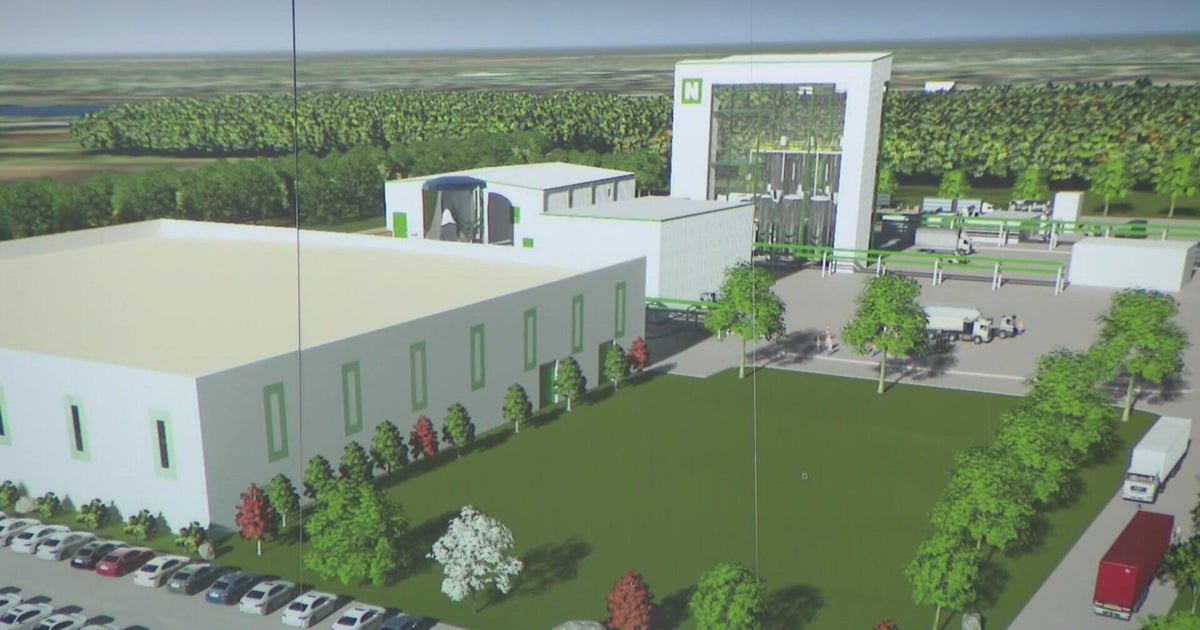An innovative Minnesota company broke ground Friday on its planned manufacturing facility, allowing it to soon scale up its cutting-edge technology that is essential to power consumer products from cars to cell phones.
Niron Magnetics is building a 190,000-square-foot plant in Sartell, Minnesota, as the company eyes its next phase. The site is expected to produce 1,500 tons annually of its proprietary permanent magnets, which are made without rare earth materials that are costly and environmentally damaging to mine.
The company celebrated the milestone with a ceremony attended by 300, including Gov. Tim Walz, DFL U.S. Rep. Betty McCollum, and Republican U.S. Rep. Tom Emmer, who represents the area in Congress. Other state and local leaders were there to mark the occasion, too.
“The future of U.S. innovation is bright, and it’s powered by Niron Magnetics,” Jonathan Rowntree, CEO of the company, told the crowd.
WCCO took viewers inside the company’s Minneapolis pilot plant in January. The basis of its magnets is nitrogen and iron, two of the most abundant elements on earth, and at scale, the technology could help the United States rely less on China, which controls most of the permanent magnet production today.
“It’s a critical time. Right now, the West is in a crisis. The world runs on permanent magnets and we need to be able to scale sustainable solutions to deliver on that in the West,” Rowntree said in an interview. “So we’re very proud to be doing that here in Minnesota.”
That’s part of the reason support for Niron’s work cuts across party lines in Congress and the Minnesota State Capitol. Stellantis is among the partners betting on the magnets for their future, too.
“Their technology delivers the performance we need using simple, abundant materials,” Sinisa Jurkovic, who works at the global automaker, said at the groundbreaking event on Friday.
Niron Magnetic’s unique invention began at the University of Minnesota, where a professor’s research laid the foundation for what would eventually transform into Niron Magnetics. That work was supported by the U.S. Department of Energy, which funded projects looking at rare earth alternatives for critical technology in 2011.
Rowntree said the first magnets will be on the market in early next year.
The Sartell facility will be fully operational in 2027, and the company is looking at developing an even larger plant that can manufacture even more magnets.
